Black Water Pelagic Macro Photography
I live and dive on the Kona Coast on the Big Island of Hawaii. It’s a rugged island with beautiful vistas above water and incredible life beneath the waves. Because we are located on such a remote island there is no continental shelf, and thus deep and vast canyons are in abundance just offshore. This opens up the ability to do black water pelagic macro dives.
I was intrigued when I first heard about “black water” diving. I had some friends that were doing it occasionally, but I’d just started diving and didn’t feel ready with only 100 dives under my belt. Soon, the black water called to me and I set out with a borrowed boat and three of my friends. At first, I had no idea how to photograph this dive yet and didn't come home with a single usable image—but I was hooked. It became a weekly thing. Then once a week wasn't enough. Soon we were heading out into the dark on a bi-weekly basis, and have been doing so ever since.
What Is Black Water Pelagic Macro Photography?
Simply put: The dive involves drifting in the open ocean at night. It’s a completely different experience than any other dive you’ll do, requiring advanced diving and photography skills, as outlined in this article.
So why would you choose to take a boat 10 miles off shore and drift-dive over 10,000 feet of pitch black water? That’s also an easy answer—for the chance to see and photograph critters most people have never even heard of. So many of the animals you can photograph on this dive are unknown or little-known species. Working with scientists from various institutes and universities, we try to identify as many as we can, but often come up with lots of question marks.
Many of these animals live in the total darkness of the depths during the day, and make the long vertical migration to the surface at night. It’s actually the largest migration of any group of animals on the planet. Some of them come up to feed on the nutrient-rich layer of water near the surface, and some of them are coming up to respirate—to absorb oxygen to use through the day.
Theoretically, black water macro photography can be done in any deep water (more than 8,000 feet deep). However, in a lot of places, these depths do not exist close enough to shore—if at all. Popular destinations for black water macro diving include Kona, Hawaii, and Palau.
The nature of this dive is so different compared other dives and requires advanced diving and photography skills. Night diving on a reef is one thing, but being 10 miles offshore and drift-diving in 10,000 feet of water is a whole other thing. Because there’s no bottom, it can be very disorienting, and you have to remain hyper-aware of your depth and position relative to the boat.
What to Expect on a Black Water Dive
The first splash into the ocean is always a bit disconcerting. I often feel like I’m ringing a dinner bell as I plunge off the boat into complete darkness with only the feeble beam of my light to poke through the pitch environment. You’re in an absolutely immense blackness. You feel very vulnerable and tiny, almost like being in space.
Every operation has its own method of keeping track of divers. Some just let you drift along with a torch, while others drop down ropes for you to hold on. The lines are also helpful for referencing your depth, as there’s often no other way to know just how deep you are.
As soon as you begin to adjust to this new discombobulating environment, you realize you are in a soup of animals. Some of the most alien creatures you’ll every see, in all shapes sizes and colors. Some tinkle like stars in the dark via their own bioluminescence, while some can’t be seen without your light.
I usually situate myself a little far forward in the current; that way I’m able to look at things as they’re drifting by, and if I do see something interesting, I’m able to drift with it.
Black Water Subjects
Predicting what you might see on a black water dive is about the same as picking the right lotto numbers. But the beauty of this dive is that you never know what you might see. Maybe even a species that has never been discovered before!
Common subjects include a plethora of invertebrates including, box jellyfish, siphonophores, ctenophores (comb jellies), medusae. There’s also larval forms of crabs and lobsters, pelagic nudibranchs and other molluscs like heteropods, octopus and often squid. Through the years we have come across many pelagic fish, including deep-sea species in their larval phases as well as full grown species like flying fish, and if you’re lucky even the rare pelagic seahorse.
Though you might be looking for the small stuff, occasionally we get the big ones swimming by. We've had oceanics, blues, Galápagos, threshers, and even big marlin give us a spike in heart rate.
Equipment for Black Water Macro Photography
SLR and mirrorless compact users will find better success with a shorter focal length macro lens (like the 55//60mm). I’ve found that the longer focal length and minimum focus distance of the 105/100mm makes you feel like you’re trying to fight a fly with a sword. Recently I’ve even modified an 18–55 kit lens to close focus so I have a range of focal lengths to play with.
A low powered focus light is also a must, as it gives better visibility at night—some subjects are invisible when not illuminated. It’s also instrumental in helping you or your camera achieve focus. I prefer a less bright focus light over a 2,000-lumen monstrosity as it seems to light up less backscatter and is, overall, less blinding. For lighting, try just using a single strobe: Having a smaller kit is very useful when maneuvering around in the water column. An electrical connection will eliminate the delay in your pop-up flash’s recycle time—a critical function when shooting in quick succession during manual focus.
While black water macro photography is possible with compact cameras, it be nearly impossible for cameras with no manual focus to lock in on the often-translucent subjects in low-light conditions. Although more challenging than with the superior low-light focusing ability of DSLRs, compact users shouldn’t shy away from giving the dive a try—just make sure you have a good focus light, a lot of patience, and some luck.
Other optional but helpful accessories include floatation devices for your camera. Your wrists will thank you for having a neutrally buoyant system after 60 minutes in open water. Also, having some sort of tether connecting your camera to your BCD is not a bad idea to prevent it from falling two miles to the ocean floor. Even if the water is warm, make sure to have a full wetsuit, and even gloves and hood, in case you don’t see a box jellyfish headed your way.
Lighting and Focusing on Black Water Dives
I don’t trust autofocus to lock in on the exact point of an ultra-rare pelagic seahorse in nearly dark conditions. Even if you trust your camera’s autofocus, you might find it less frustrating and more efficient to manually focus on the subject as it comes into view. Rather than trying to constantly change the focus as the subject drifts along in the current, I find it easier to lock the focus and move my camera slightly back and forth.
For focus bracketing to work, you need to be able to rattle off shots in quick succession. For this reason, use lower strobe output combined with a more open aperture to expose your subject (typically around f/11). For the most part, you can count on your exposure settings to remain the same during the dive, adjusting the strobe power as you encounter more and less reflective subjects.
Black Water Composition
Once you’ve gotten to the point where you can comfortably focus and light black water critters, then it’s appropriate to worry about creative composition. I usually try for two kinds of images: the first is one that I find artistic, filling the frame with techniques like rules of thirds, diagonal lines, and S-curves. After I’ve satisfied my artistic side, I’ll try and get a “boring” side shot to help with ID of the creature after the dive. The more you do these dives, the more you appreciate having multiple images of each animal to assist the scientists in telling you what the heck it is.
Final Thoughts
The images from your first black water dive will probably not be award-worthy—but do not get discouraged. Success on these dives really comes down to practice and familiarity with your equipment working in what seems like endless outer space.
But all the challenge and work and danger is worth it for the reward of witnessing these creatures. My personal favorite image is of an octopus that I photographed in 2008. It took me three years to find someone who could tell me what it was. You’ll see it is holding two tentacles and I was never quite sure what was going on. It was explained to me that the two tentacles are most likely from a Portugese Man-O-War that he has torn off and is using as a weapon to deter would-be predators. I thought that was incredible.
I really like the fact that when I take these photographs, I can show people things they’ve never seen, or known existed, and hopefully they see that there’s something worth looking after, and that the ocean is such a huge, important part of our planet.
RELATED CONTENT
Featured Photographer


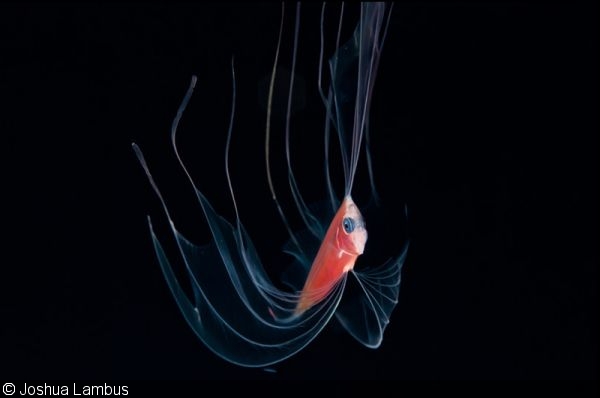
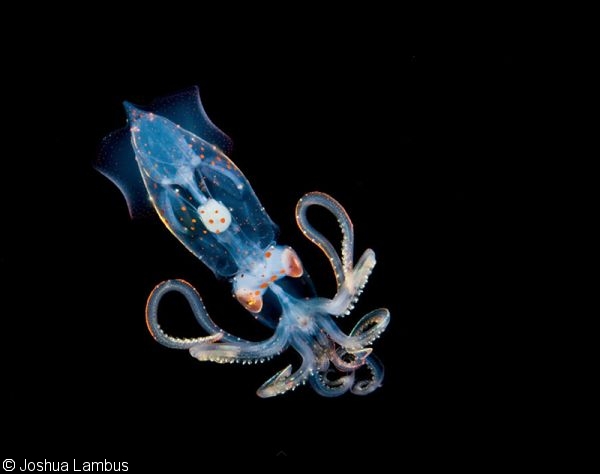
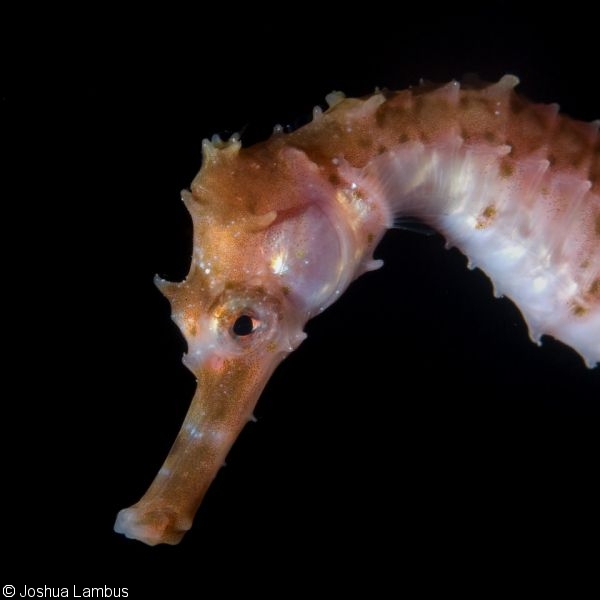
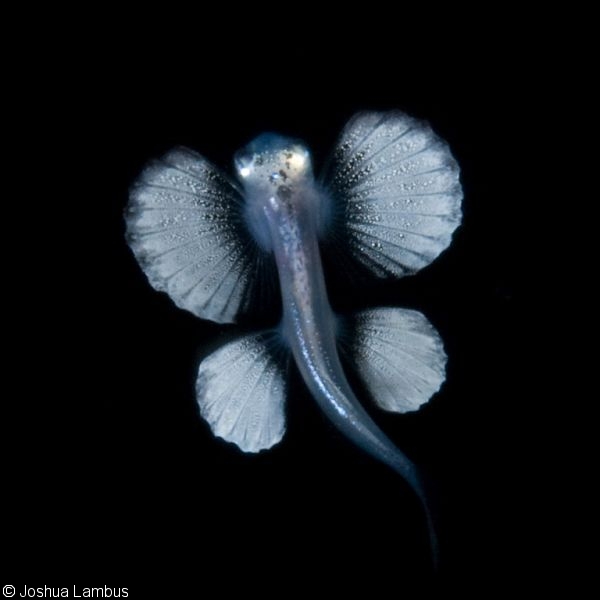

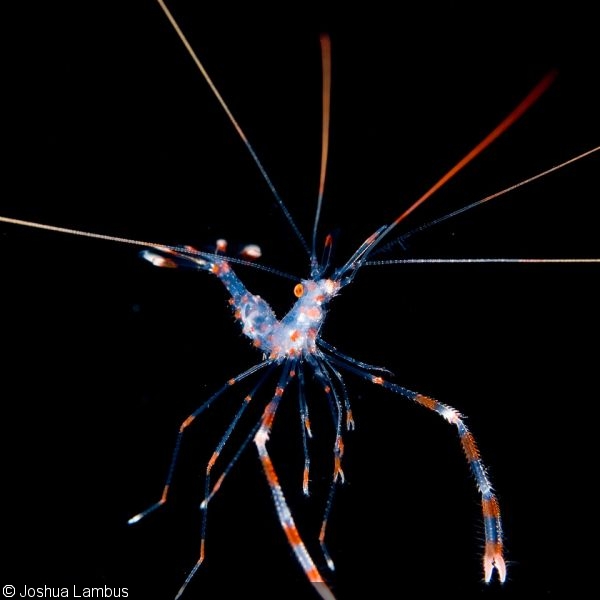
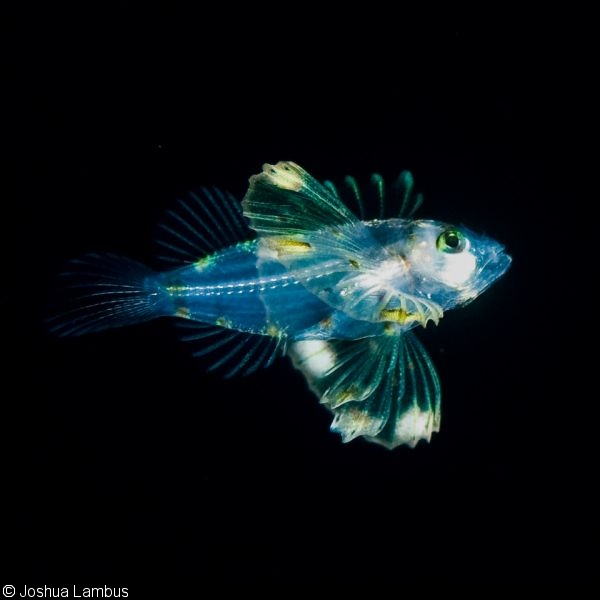
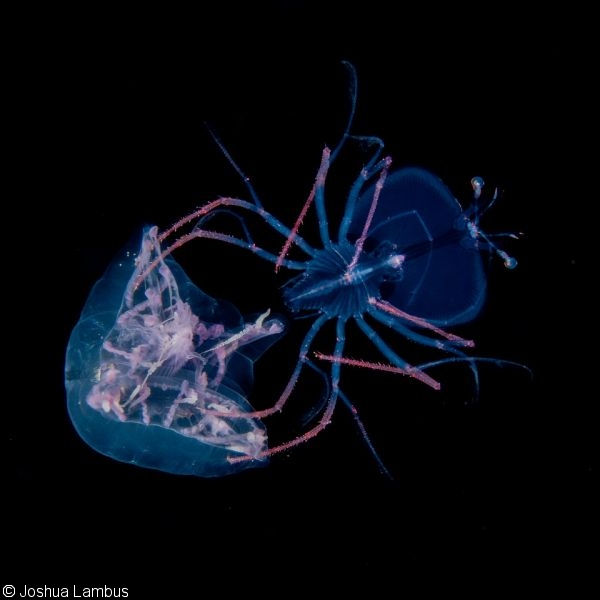
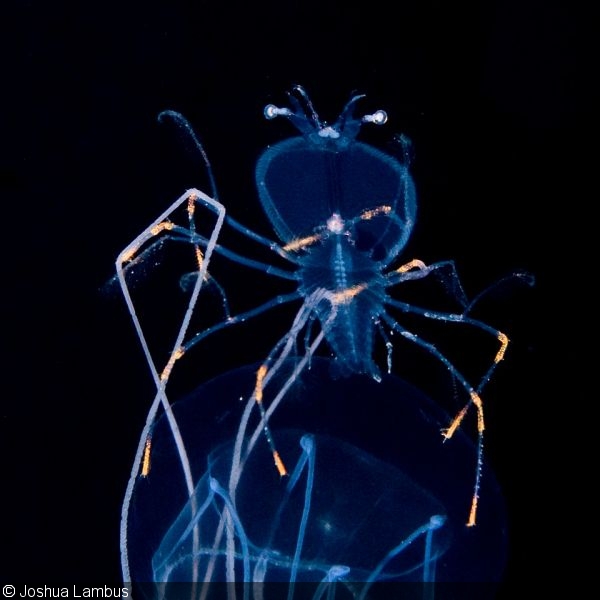
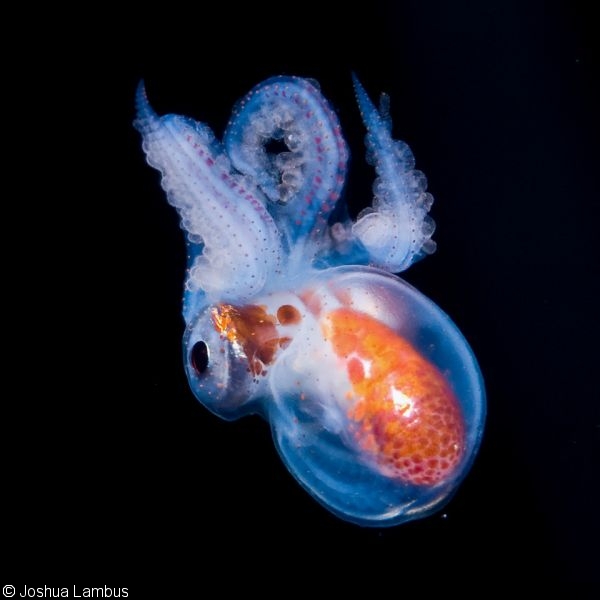
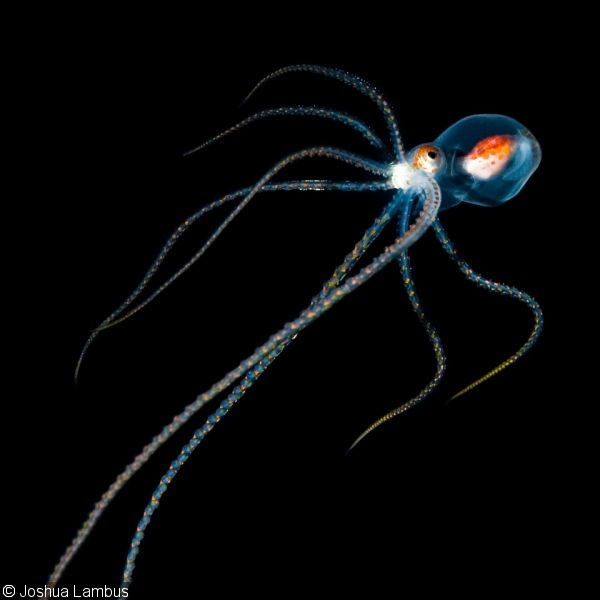
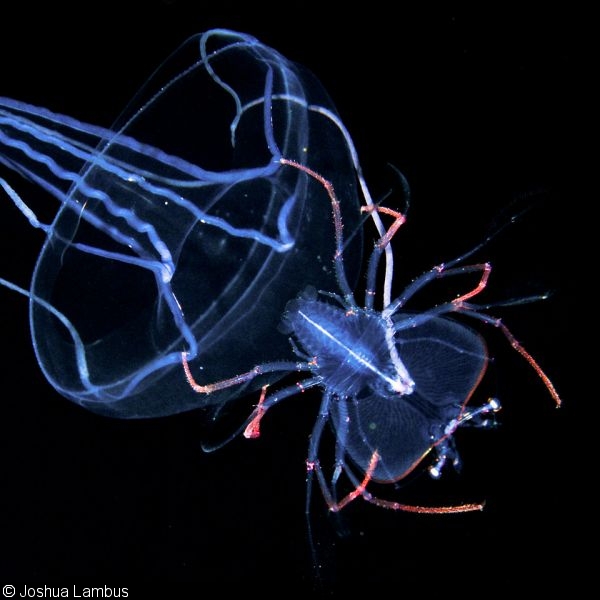
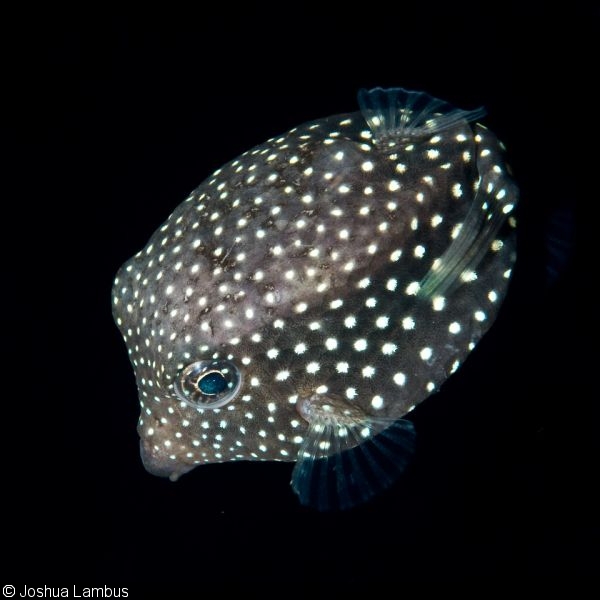
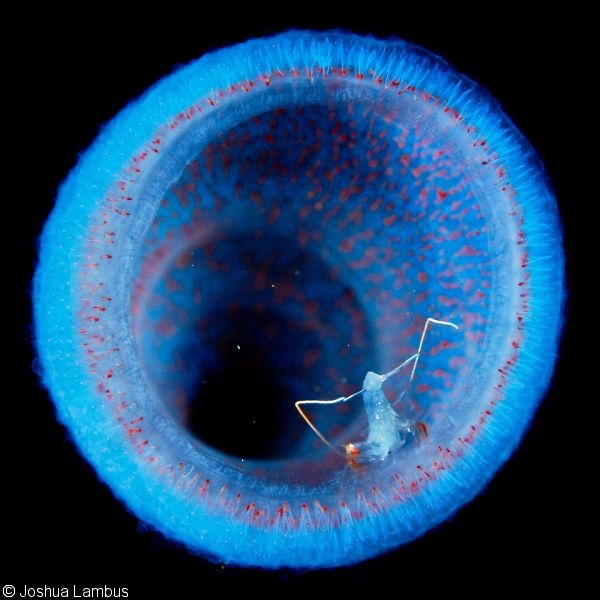
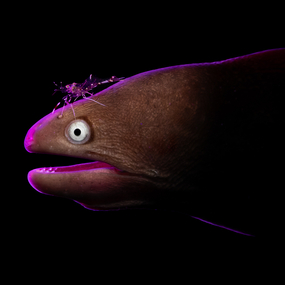
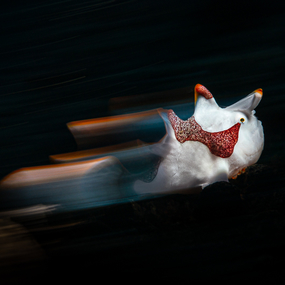
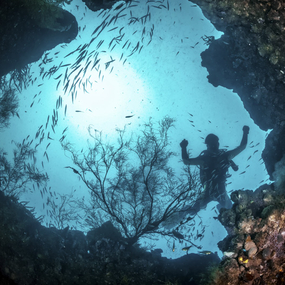
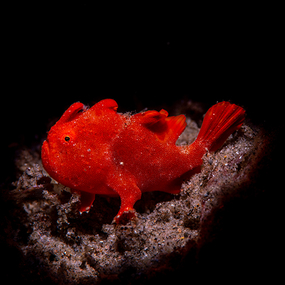
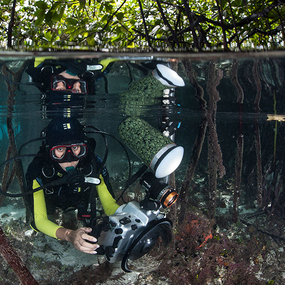
 Antarctica
Antarctica




